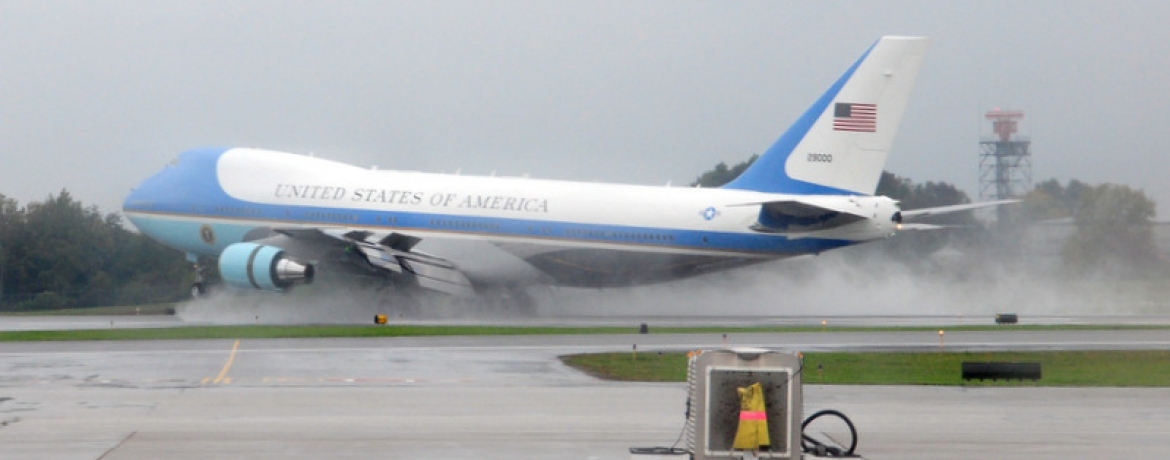In case you haven't heard, standardization is underway for reporting runway conditions. NBAA is developing resources to familiarize business aircraft pilots with new takeoff and landing performance assessment (TALPA) procedures for reporting runway contamination at U.S. airports.
Mike Witmann, EVO Jet's Flight Operations Director, feels it will be a significant improvement to the "free form" NOTAM reporting we have been using. "It will take some time for us all to have a comfort level and thorough understanding. But, it's been needed for a long time," says Wittman.
Effective Oct. 1, any airport receiving federal funds will be required to utilize the runway condition assessment matrix (RCAM) to categorize runway conditions. The matrix eventually will present reliable information to pilots and dispatchers in an unambiguous decision-making tool. It will also provide airport managers and aircraft manufacturers with common reference points for surface conditions and related braking effectiveness. Enhancements will include better descriptions of the overall and segmented runway length.
Flight Safety Foundation http://flightsafety.org/ endorses the program, as it will over standardization in reporting. The RCAM “Runway Condition Matrix” enables the correlation of various criteria to prepare a runway condition report for pilots in readily understood terminology.
Operators, of course, won’t be able to do any of this without new data from the manufacturers, which will face significant changes in airplane certification standards and requirements for the related FAA-approved “Paved Runway Condition Assessment” table. EVO Jet Services will do follow up briefings and will bring this to you when it is finalized (as the matrix is not yet a finished product).
The FAA is still working to develop better characterizations of runway conditions. The final results may be presented in different formats depending on the user, but the terminology and relationships between values will be the same for operators, airports and aircraft manufacturers. The matrix eventually will present reliable information to pilots and dispatchers in an unambiguous decision-making tool. It will also provide airport managers and aircraft manufacturers with common reference points for surface conditions and related braking effectiveness.
EVO Jet Services' meteorology and dispatching staff will be staying close to the progress to keep our customers up to speed on the methods and news.
Mike Wittman began his career as a Meteorologist for the United States Navy in the 1970s, based at Subic Bay, and has been supporting executive, private and government aircraft flight operations ever since.




























